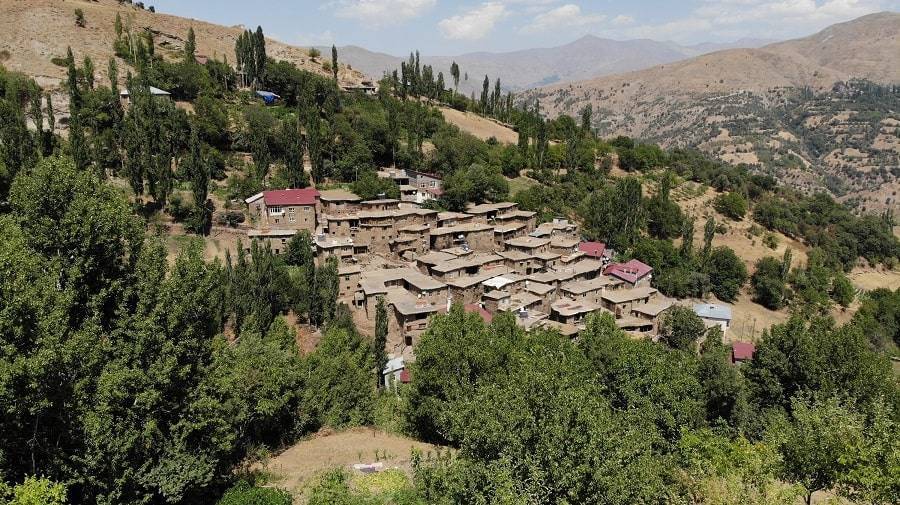In Turkey’s Eastern Anatolia region, Bitlis is close to Van Lake. Bitlis, one of Eastern Anatolia’s hidden gems, struggles to draw tourists because it is not well-known and receives little publicity. With its long history spanning thousands of years, this city is nevertheless significant in terms of history and culture. It is home to unusual historical relics like cupolas, mosques, castles, and caravanserais on one side.

On the other side, it is home to stunning natural features including volcanic mountains and lakes. Agriculture and animal husbandry are the only economic sectors of Bitlis. In actuality, agriculture is not well suited to the city’s geographic layout. Even though they are few, the field crops grown are one of the most significant sources of revenue for the residents of Bitlis. Wheat, barley, rye, tobacco, beans, potatoes, sugar beets, walnuts, peanuts, pears, apples, cherries, and grapes are the principal agricultural products farmed in Bitlis.
In the autumn, the old stone homes in Bitlis’s Hizan neighbourhood were painted in a riot of vibrant hues, and 97 nature lovers from Van visited them. The Vadi Nature Sports Club members host events every week on a new route to highlight the historical and ecological splendour in and around Van.
♦ 14 Days Turkey and Greece tour

This time, nature enthusiasts planned a journey to the Uzuntaş village in Bitlis’ Hizan district. Those who enjoyed the outdoors and took photos while exploring the woodlands and historic stone homes in the town of Uzuntaş had an unforgettable day.
When speaking about the trip, the president of the Valley Outdoor Sports Club, Mer Demez, said that the group wanted to highlight the area’s natural splendour.
Demez stated that they plan a sightseeing excursion in a different area every week and that this week they thoroughly explored the Hizan district with a team of 97 individuals. Demez stated that the initiatives to publicise the Lake Van Basin will continue. The event’s nature enthusiasts invited everyone to visit the Hizan district in autumn because it offers a different color.

